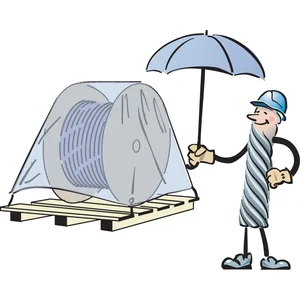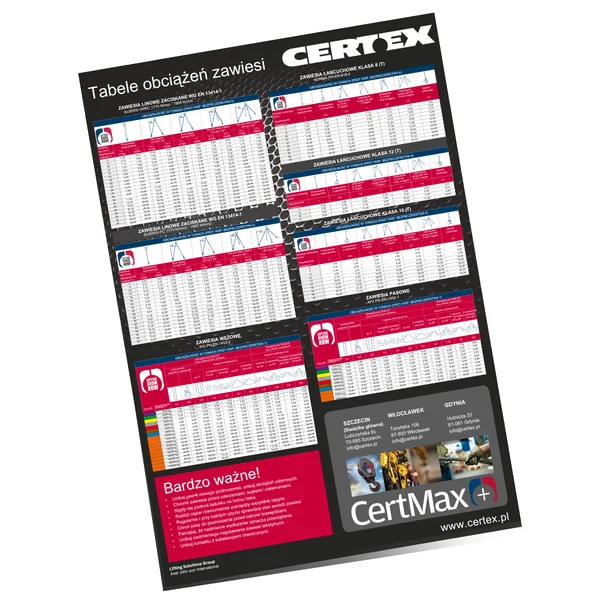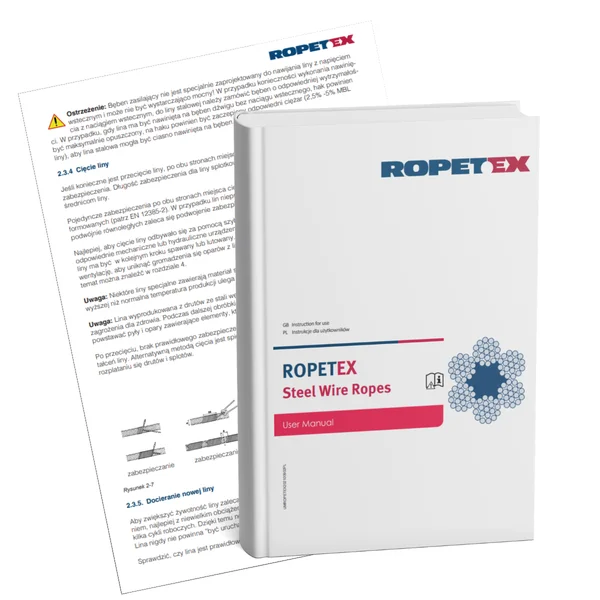The importance of health and safety in steel wire rope operations
A steel wire rope is a component subject to intense loads and external factors. Improper handling can lead to serious accidents, equipment damage, and accelerated wear. Therefore, knowledge of safety rules is essential.

Safe use of steel wire ropes
 WARNING!
WARNING!
Before each use, the steel wire rope must be carefully inspected for its technical condition and compliance with documentation. The safe working load (SWL) must never be exceeded. The rope must not be allowed to twist or bend at sharp angles. Contact with sharp edges and rough surfaces should be avoided. It is also essential to ensure that accompanying components — such as sheaves, drums, and guides — are matched to the rope type and its application.

Regular technical inspection of a steel wire rope is a key element in ensuring safe operation. Even a daily routine visual check by the operator can prevent serious accidents. During such an inspection, attention should be paid to visible signs of wear, such as surface fraying, deformations, signs of abrasion, or corrosion. The rope should not be used if single protruding or broken wires are visible, as these may indicate material fatigue or overloading.
In addition to daily checks, periodic inspections carried out by competent personnel — such as technical inspectors or trained staff — are essential. During such inspections, it is necessary to verify:
-
The degree of wear of the outer wires,
-
Presence of local deformations (flattening, kinks, “birdcaging”),
-
Reduction in rope diameter, which may suggest core damage or significant internal wear,
-
Visibility and displacement of the core (especially in ropes with fibre or synthetic cores),
-
Signs of corrosion — both surface and internal, which may progress unnoticed.
If significant damage is detected, the rope must be immediately withdrawn from service and replaced with a new one. Classification criteria and permissible wear limits are described in standards such as ISO 4309 and should be applied in every professional assessment. It is important to remember that even minor damage, combined with unfavourable working conditions, can lead to sudden rope failure.
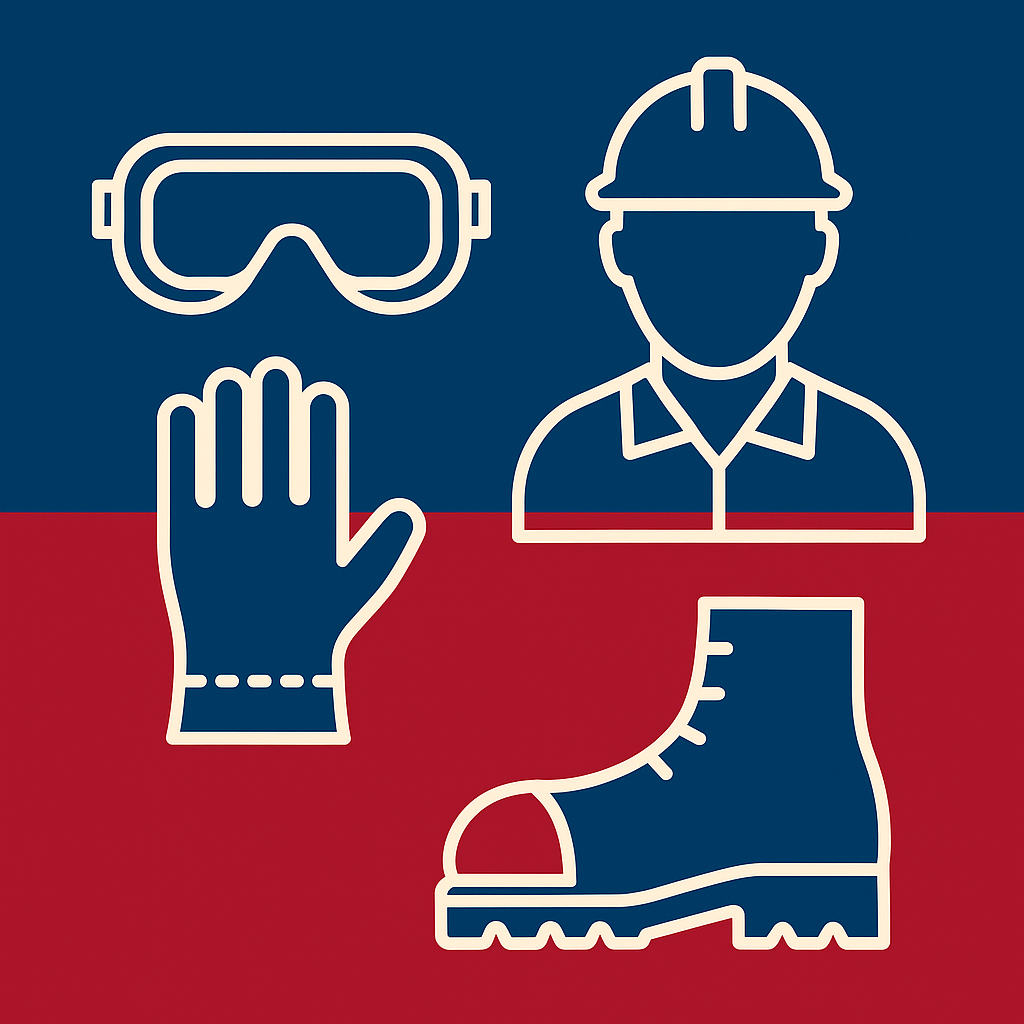
Personal protective equipment (PPE)
Working with steel wire ropes involves risks of cuts, crushing injuries, and — during cutting — metal splinters. Therefore, any worker handling ropes should be equipped with appropriate personal protective equipment (PPE). Cut-resistant gloves are the absolute minimum, protecting hands from sharp wire ends and abrasions. Safety footwear with steel toe caps is also mandatory, providing foot protection in case of heavy components falling. During cutting or unwinding operations, safety glasses must be worn to protect eyes from sparks and metal particles. Depending on the workplace, suitable work clothing should also be provided — durable, close-fitting, and appropriate for weather conditions.

Employee training and competencies
Handling steel wire ropes requires appropriate knowledge and experience. Employees should receive regular training on the safe use of ropes, inspection procedures, and damage identification. A key role is played by personnel responsible for periodic inspections — they must hold the necessary technical qualifications and be familiar with industry standards such as ISO 4309. Proper competencies not only help prevent accidents but also reduce equipment wear and extend its service life. It is also advisable to maintain technical documentation containing the history of inspections, maintenance, and any repairs, as this makes it easier to assess the rope’s technical condition over a longer period of use.
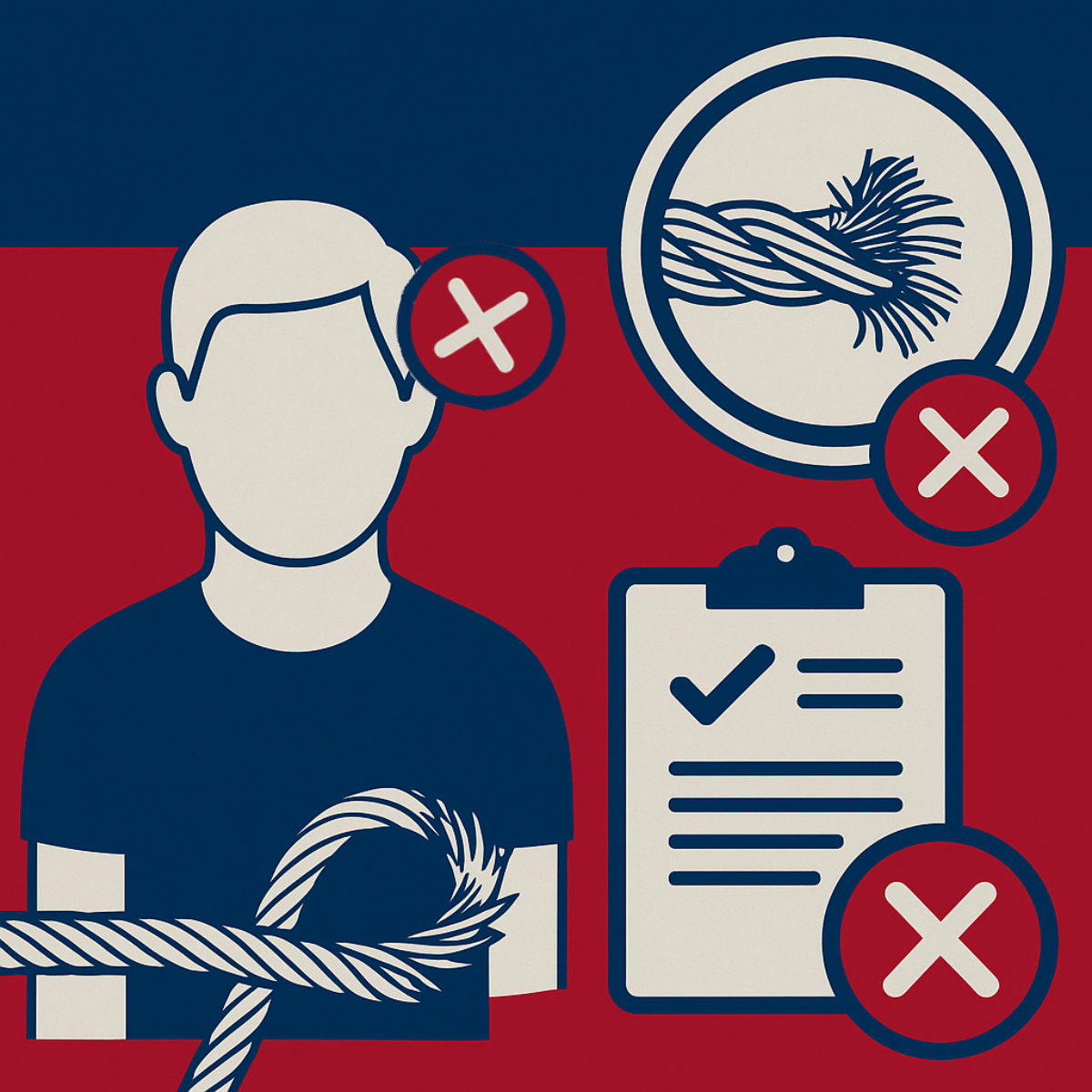
Common mistakes and how to avoid them
Despite available procedures and manufacturer recommendations, everyday operations often involve user errors that can lead to equipment failure or even accidents. The most common include: dragging the rope over rough surfaces such as concrete; using drums and sheaves that are too tight or worn; incorrect unwinding of the rope from the drum (pulling it straight without rotating it); or using a damaged rope that should have been removed from service long ago.
Avoiding these mistakes is possible by following health and safety rules, performing regular inspections, carrying out proper maintenance, and adhering to the manufacturer’s recommendations for rope installation and operation.
Storage
Steel wire ropes should be stored in dry, well-ventilated areas. If stored outdoors, they must be protected from precipitation and UV radiation. The rope should not be in direct contact with the ground, and drums should be positioned to allow air circulation. Regularly rotating the drum and following the “first in, first out” principle reduces the risk of localised corrosion. Improper storage, including exposure to large temperature fluctuations, can lead to a loss of mechanical properties.
